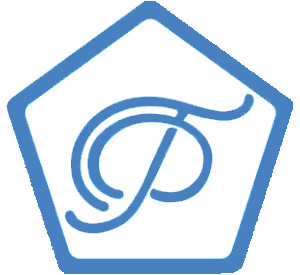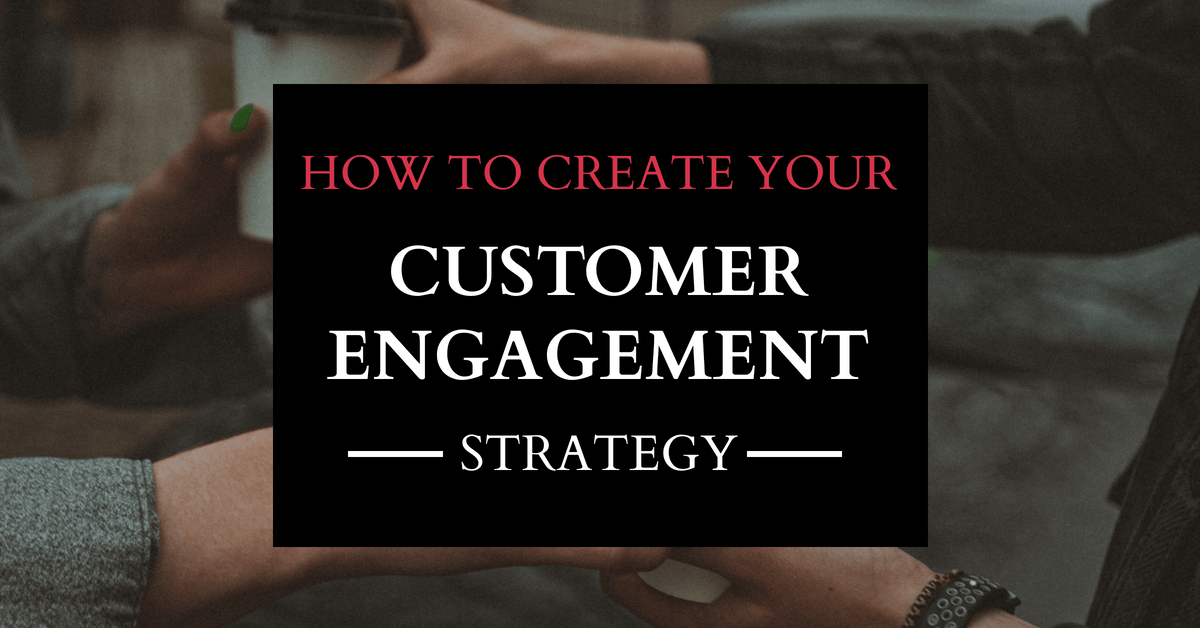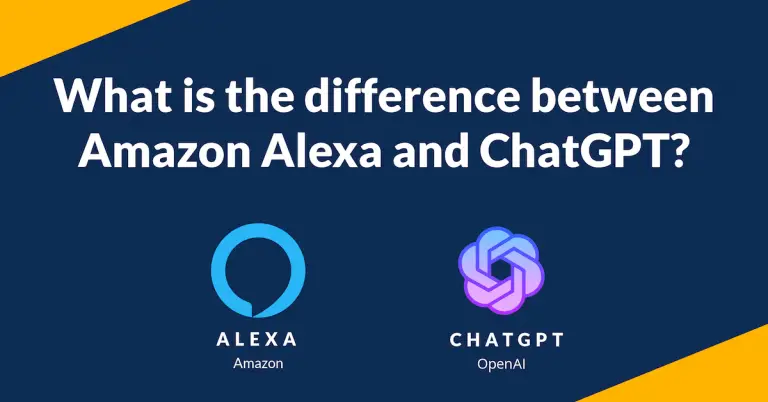Each time we interact with our customers, we are adding or eroding trust from our brand. Having a strategy to engage our customers is key to enhance our brand. So, what is a customer engagement strategy and how to create it?
Let’s begin by defining customer, engagement and strategy; and then we can put all together again and make sense of it. Sometimes the term customer and user are mixed or confused, but they are 2 different things:
- A user is a person who uses your product, often at no charge—for example, people using SaaS free trials, freemium services, and things like social media, email, and search tools.
- A customer, on the other hand, is a person (or a company) who pays to use your service/product. They’re still a user (or group of users at a company), but they’ve become your customer because you’ve onboarded them successfully—they saw and understood the value of what your product can deliver.
Engagement is the act of engaging, contacting or communicating with someone. And strategy refers to a plan of action designed to achieve a long-term or overall aim.
Putting it all together
Customer engagement strategy is a plan of action that stretches across teams and KPIs. The experiences and touchpoints that a customer has with your product, company, and brand are core ingredients of the customer engagement. It is the relationship between your company and your customers, and is closely related to customer loyalty and retention.
Let’s review an example, Coca-Cola launched a new marketing campaign called Share a Coke in which you could personalise your bottle and have a memorable moment. Coca-Cola removed the company’s logo on 20-ounce bottles and replaced it with 250 of the most common names in the U.S. The campaign was successful because of the customer engagement element. Customers could physically see a piece of themselves on a Coke bottle and this was highly engaging.
Customer engagement platform
A customer engagement platform is a software that centralises all customer communications, tracks customer behaviour, and helps service teams efficiently respond to inquiries. Customer engagement platforms help teams personalise campaigns by analysing customer data and tracking industry patterns. It can also test marketing, sales, and customer service campaigns to ensure optimum customer engagement.
Adopting a real-time marketing platform will give your business the tools it needs to increase customer interactions.
How to kick off your customer engagement strategy?
Let’s start by trusting your brand and your company’s knowledge. You have a strong marketing team that puts a lot of effort designing an annual plan based on the company’s objectives and experience, and they define the activities to be run that maximise the chances to achieve their objectives.
So, when we are asked about starting a consumer engagement, we always propose the same thing: let’s hear about your experience in recent years running activities, campaigns and promotions. Tell us what worked and what didn’t. Tell us what you were planning to do this year with your brand.
Based on all this knowledge, let’s try starting with Consumer Engagement by spinning your marketing plan with a Consumer Engagement flavour.
By using your company’s hard-earned knowledge to start doing Consumer Engagement, you lower risks and maximise your chances of succeeding.




